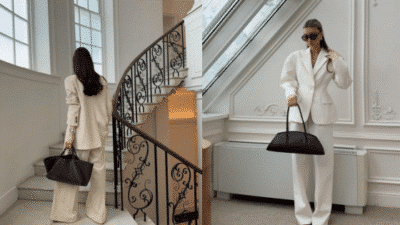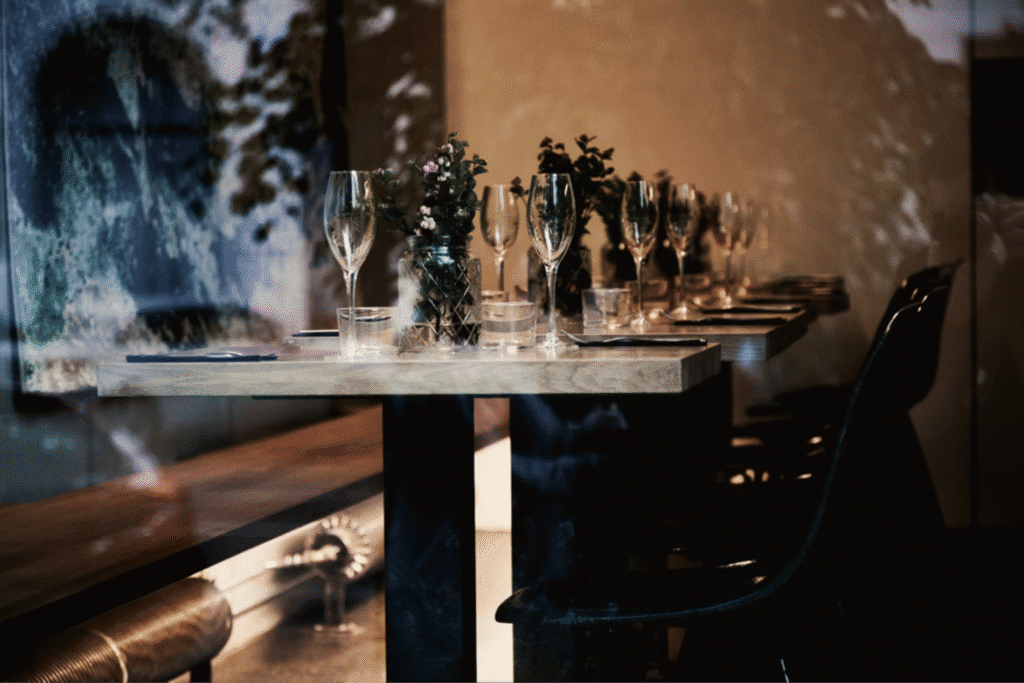
Every design element is critical in modern interiors, but few are as underestimated as the metal table base. While tabletops usually get all the glory, the base silently anchors the entire piece, bringing structure, balance, and style. Interior designers have long appreciated a bold or sleek table base’s influence on a room; lately, homeowners are catching on. Whether working with a minimalist dining area, a rustic-industrial kitchen, or a sleek commercial space, choosing the right table base is the difference between an ordinary setup and a design-forward masterpiece.
Why Table Bases Deserve the Spotlight
People often spend hours picking out the perfect wood grain, color, or finish for their tabletops, but neglect the foundation underneath. A metal table base isn’t just a structural component—it’s a defining style feature. The base sets the room’s tone and complements the materials above it. For designers, it’s a way to introduce personality, geometry, and material contrast. In other words, the right base can elevate even the simplest surface into something unforgettable.
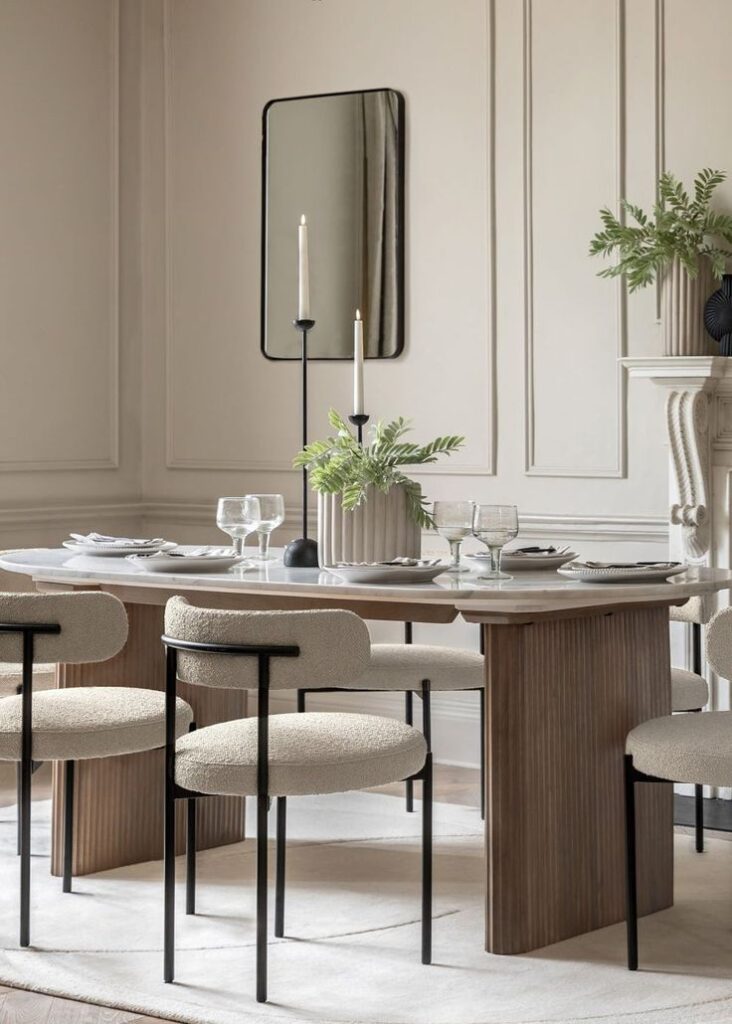
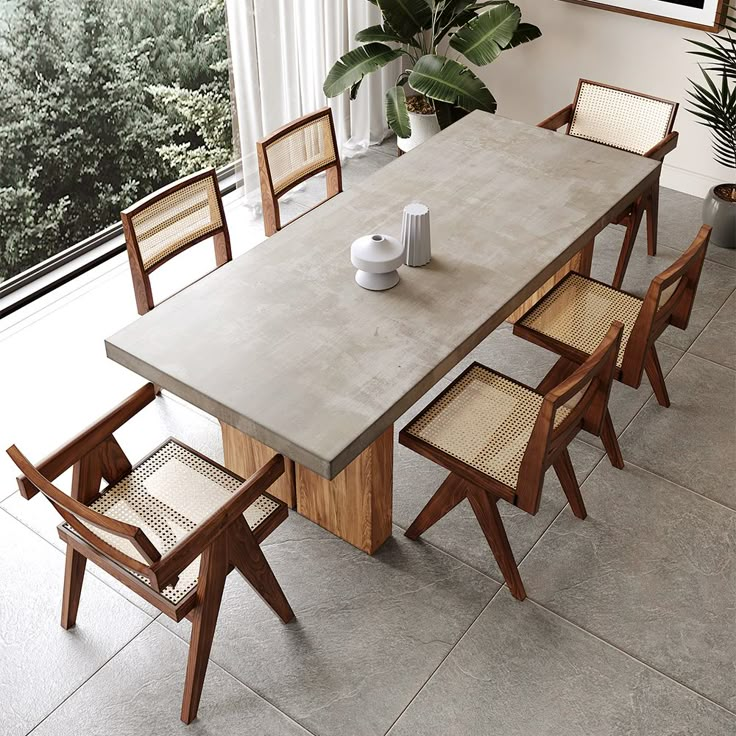
Industrial Roots, Modern Twist
Today’s most popular metal table bases are rooted in industrial design. Think of exposed steel, dark finishes, raw welds, and simple, functional shapes. These bases have an authentic character that plays well in traditional and contemporary interiors. Metal bases exude strength and texture when paired with reclaimed wood or glass. But today’s designers are moving beyond industrial clichés by softening these materials. Powder-coated finishes, matte blacks, brushed brass, and even colorful metals have swept he design world by storm, adding a polished flair to the base’s raw strength.
The Power of Geometry
Geometric table bases are getting all the love from designers for good reason—they transform tables into visual sculptures. Bases in X, Y, and U shapes are no longer just about support; they’re about rhythm, balance, and visual interest. A crisscross or trapezoid frame can redefine a space, turning something functional into an art piece. Designers often select angular bases to bring energy into minimalist rooms. On the flip side, rounded metal bases with soft curves and open circular forms offer an elegant counterbalance to sharp lines elsewhere in the room.
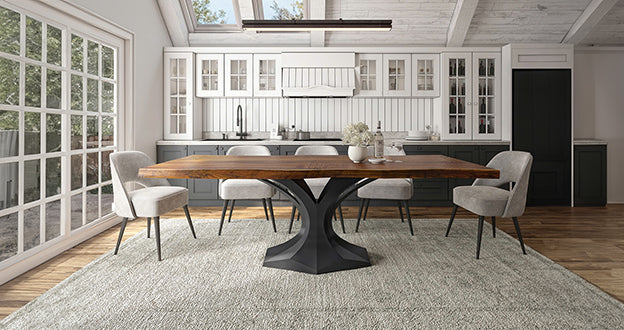
Customization and Craftsmanship Matter
In an age where personalization is everything, custom metal table bases offer an unmatched level of freedom. Designers work with metal fabricators to tailor dimensions, finishes, and weld styles to suit each project. The possibilities are endless, from powder-coated white for a Scandinavian kitchen to polished chrome for a high-end commercial office. This attention to custom detail allows furniture to flow seamlessly with the rest of the design scheme. And because these bases are crafted with precision, they don’t just look good—they also provide superior longevity and support.
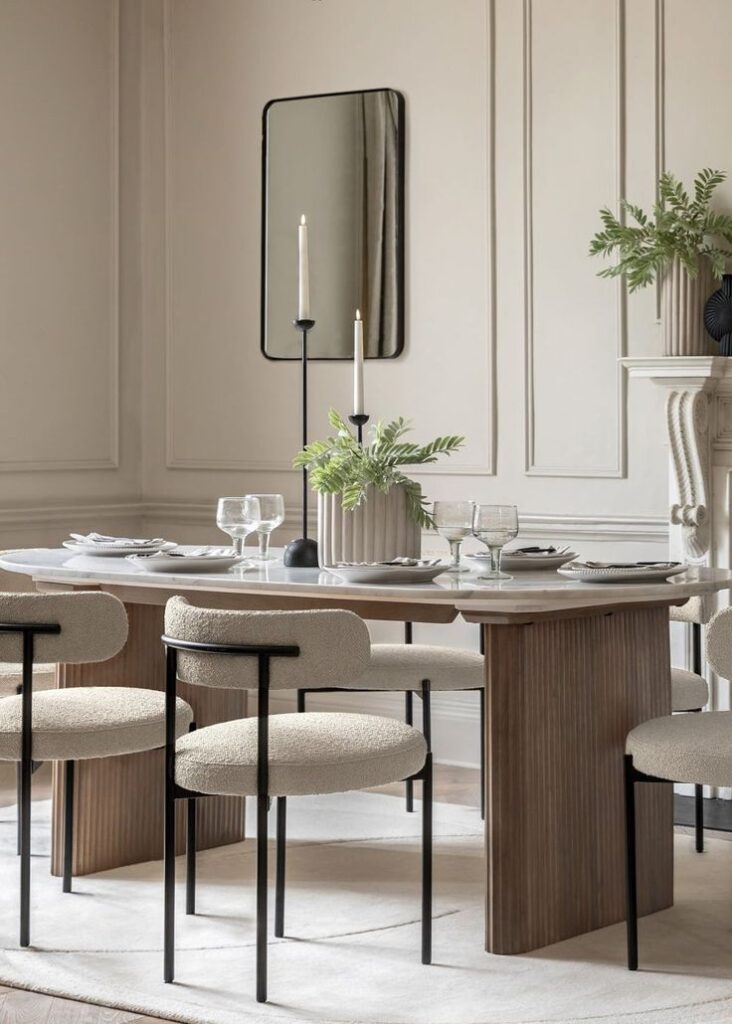
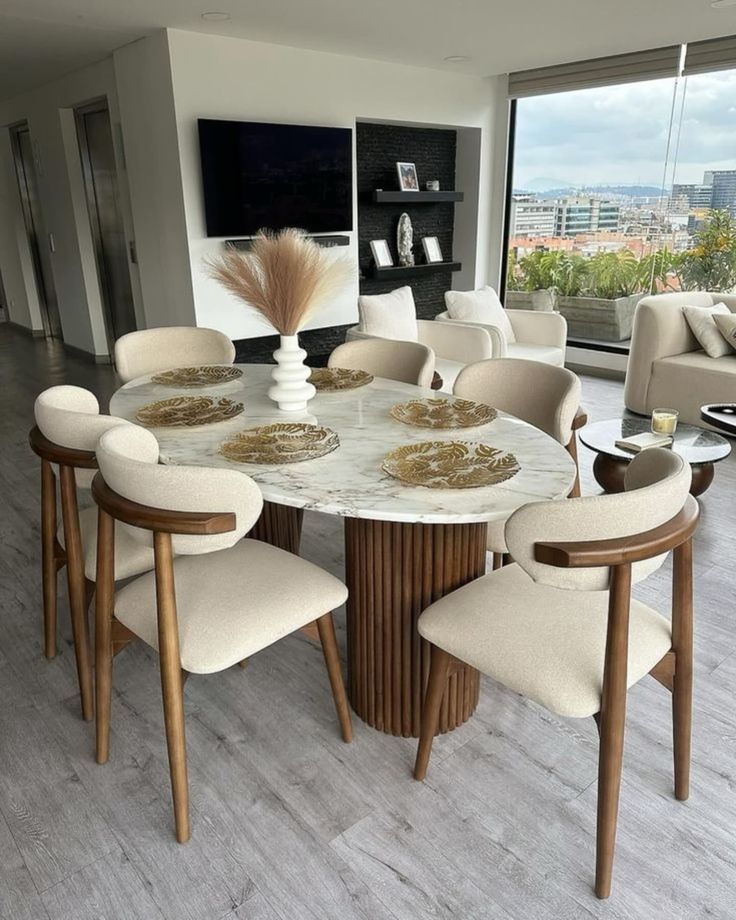
Mixing Materials with Intention
The artful combination of materials is one of the most exciting directions in table design. A metal base paired with a walnut, oak, or marble top creates instant contrast and sophistication. Designers subtly use this mix to play with light and texture. A glossy black base beneath a matte concrete top adds drama. A raw iron frame under a polished stone top offers organic tension. The harmony of hard and soft, light and dark, makes these combinations irresistible to the design-conscious.
Functionality That Doesn’t Compromise Style
It’s not just about how the base looks—it’s about how it functions. Designers prioritize metal table bases that offer both visual appeal and structural excellence. A sturdy trestle-style base offers full support for large dining tables without getting in the way of chairs. In small spaces, pedestal-style metal bases allow for more legroom without sacrificing elegance. Designers constantly seek out bases that enhance usability without cluttering the table’s silhouette.
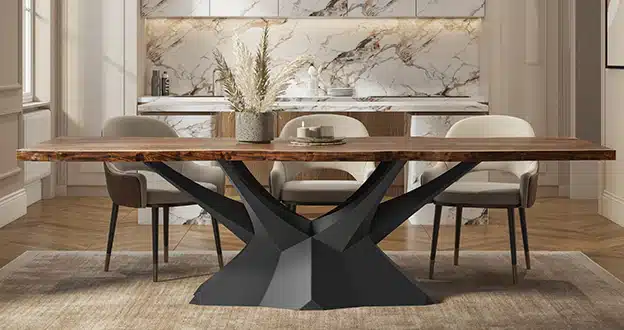
Why Designers Love Black Powder-Coated Bases
Ask a designer what’s trending in metal bases; the answer is almost always black powder-coated finishes. Why? Because it’s the ultimate neutral. These bases match virtually any tabletop material while adding depth and sophistication. Black also draws the eye downward subtly, allowing the tabletop to shine while still maintaining a strong design identity. It’s timeless and versatile and fits effortlessly into styles ranging from farmhouse to modern to industrial.

Bold Bases for Statement Pieces
Designers push the envelope with daring metal table base styles that demand attention. Oversized, sculptural bases are especially popular for statement dining tables and luxury boardroom pieces. Think angular steel beams, welded asymmetrical shapes, and intersecting cylinders. These bases are often custom-built and meant to spark conversation. They aren’t just supporters—they’re the stars of the show.
Minimalist Bases for Quiet Elegance
Conversely, minimalist designers love streamlined metal bases’ clean, subtle profile. Thin legs, open designs, and concealed joints offer an understated sophistication that allows other elements in the room to breathe. These styles are ideal for open-plan living areas where too much visual weight can overwhelm the space. Instead, the base melts into the room, supporting the table while giving the illusion of lightness.
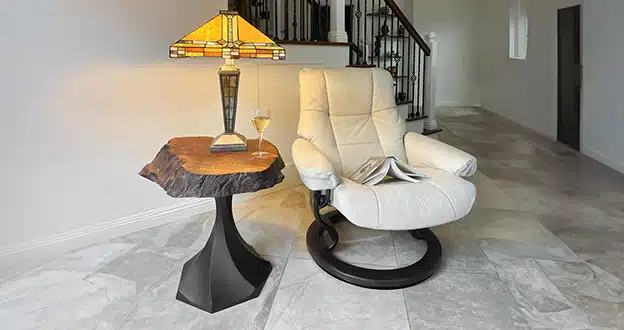
Designing Around the Base
Designers believe that one reason metal table bases are so beloved is their ability to inform the rest of the décor. A well-chosen base can dictate the shape of the chairs, the flow of the room, and even the type of lighting chosen above the table. For example, an industrial pipe-style base might inspire a room filled with Edison bulbs and vintage textures. A sleek brass pedestal might be the cue for velvet chairs and mid-century lighting. In this way, the table base becomes the anchor for a room’s entire aesthetic direction.
When building a standout interior, the magic lies in the details; metal table bases are essential details that designers swear by. They bring strength, elegance, personality, and endless customization options to any room. Whether you’re designing a bold dining space or a soft minimalist corner, there’s a metal base style that fits seamlessly into your vision. Don’t overlook the foundation. It’s not just holding up your table—it’s holding up your design story.
- 0shares
- Facebook0
- Pinterest0
- Twitter0
